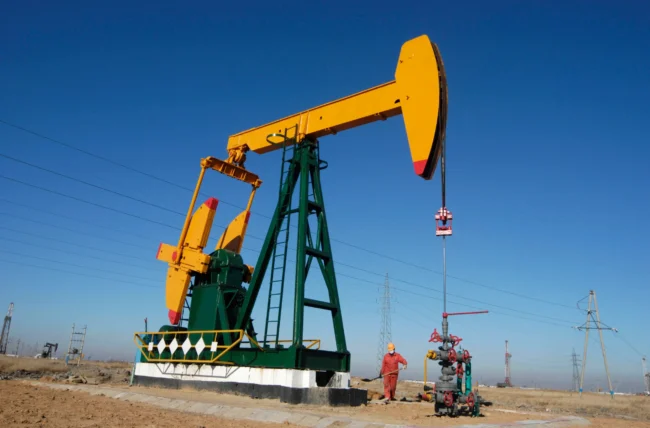Oil prices saw a significant jump of nearly 1% to reach their highest level in nine months on Friday. This surge was primarily fueled by the increase in U.S. diesel futures and growing apprehensions surrounding limited oil supplies.
The move came after both Saudi Arabia and Russia extended their commitment to reduce oil production, signaling ongoing concerns about the balance of oil in the market.
Brent futures climbed by 73 cents, a gain of 0.8%, to settle at $90.65 per barrel. Simultaneously, U.S. West Texas Intermediate (WTI) crude prices rose by 64 cents, or 0.7%, closing at $87.51 per barrel.
Both benchmarks continued to linger in technically “overbought” territory for the sixth consecutive day. Brent’s closing price hit its highest point since November 16, while WTI marked its highest level since September 6.
Over the course of the week, both Brent and WTI experienced a cumulative gain of around 2%. Building upon the momentum from the previous week where Brent surged by approximately 5% and WTI by 7%.
Market experts have been attributing the oil market’s dynamics to supply-side factors. There is a prevailing consensus that the Organization of the Petroleum Exporting Countries (OPEC) and its ally. Russia (collectively known as OPEC+), are likely to persist in their efforts to limit oil production to ensure market stability, particularly as winter approaches.
This week, Saudi Arabia and Russia, both key OPEC members, decided to prolong their voluntary oil production cuts, amounting to a total reduction of 1.3 million barrels per day, until the end of this year. This extension is viewed as a strategic move to avert a potential slide in oil prices.
While the market remains vigilant about supply dynamics, it is also keeping a watchful eye on China’s demand outlook. China’s post-pandemic recovery has been gradual, and stimulus efforts have not met initial expectations.
Additionally, concerns loom over the approach central banks in the U.S. and Europe will take in addressing inflation through interest rate hikes. As this could potentially impact economic growth and, consequently, oil demand.
